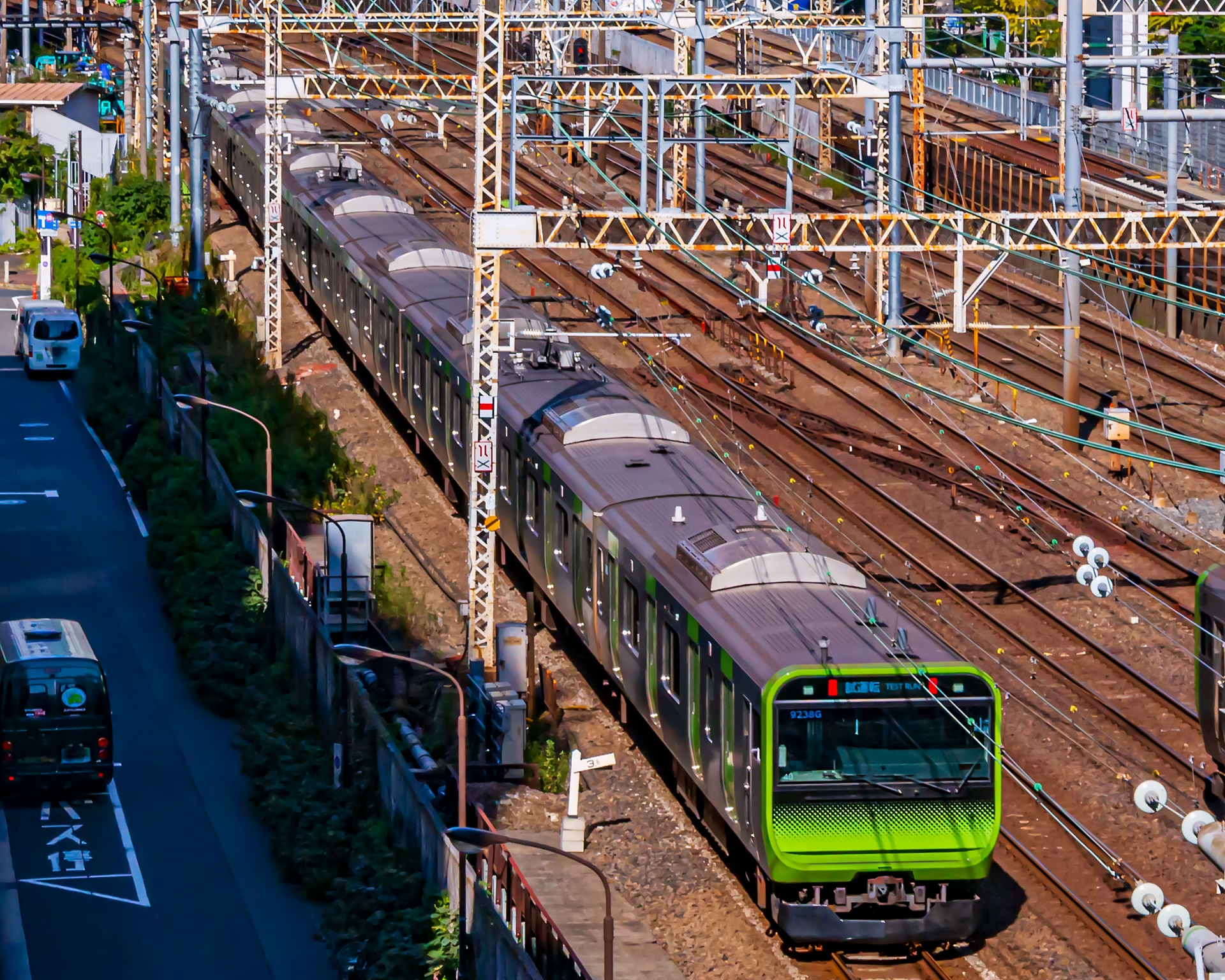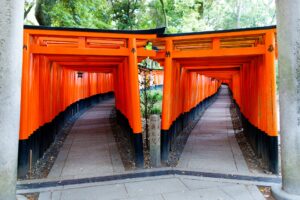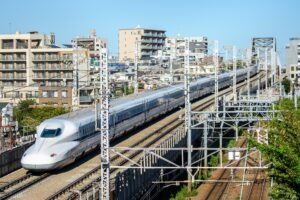The Yamanote Line is Tokyo’s lifeline, a circular railway that seamlessly connects the city’s cultural, historical, and business hubs. It’s more than just a mode of transport; it’s a gateway to experiencing Tokyo’s vibrant life. This guide is your ticket to understanding the Yamanote Line, whether you’re a first-time tourist, a daily commuter, or a railway enthusiast.
Overview of the Yamanote Line
The Yamanote Line is a 34.5-kilometer circular railway operated by JR East, connecting 30 stations in central Tokyo. It serves millions of passengers daily with its hallmark punctuality and efficiency. The line was established in 1885 and has since evolved into an essential transit network, symbolized by its distinct green trains. A loop that never stops, the Yamanote Line provides unparalleled access to Tokyo’s diverse districts and landmarks.
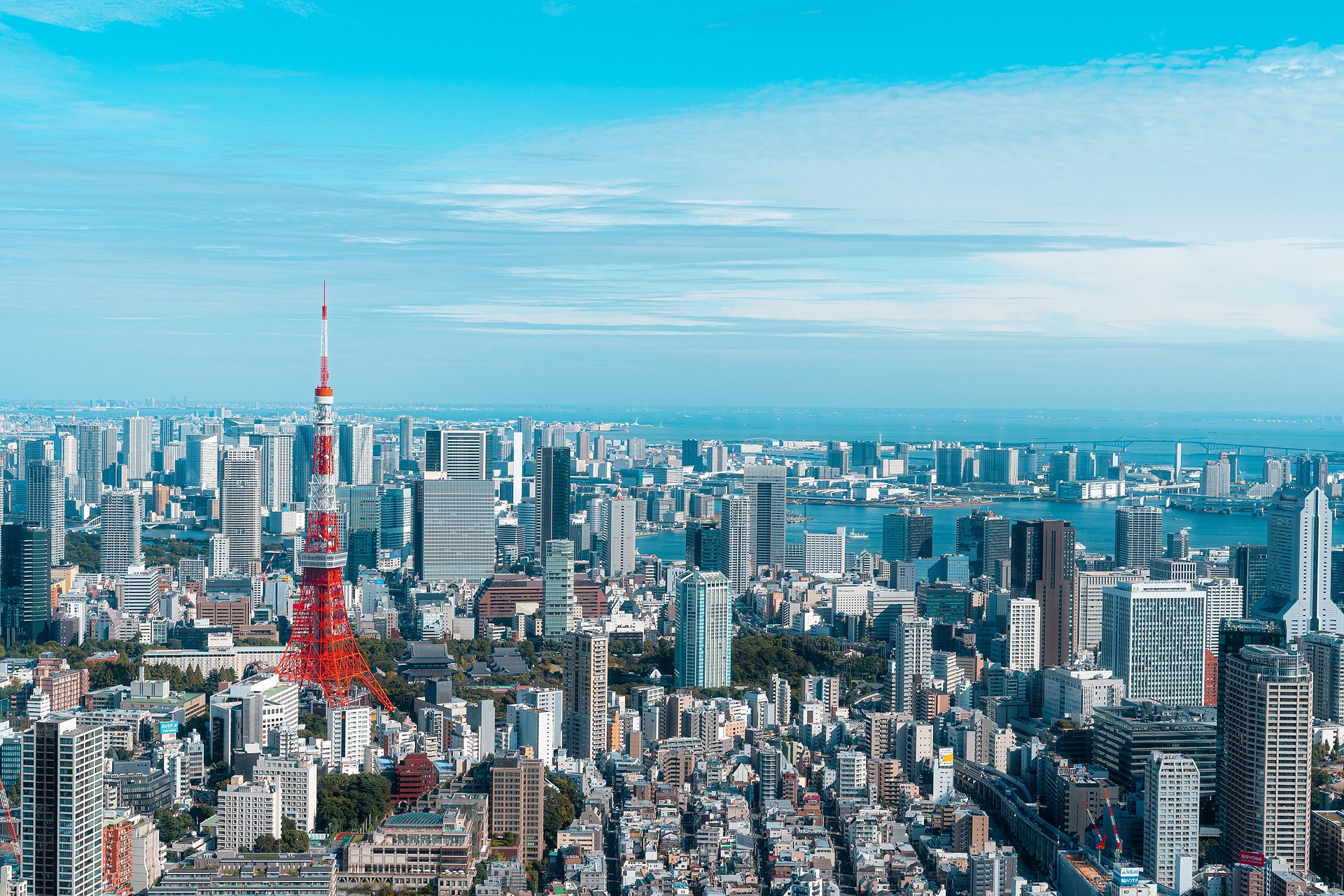
How to Use the Yamanote Line
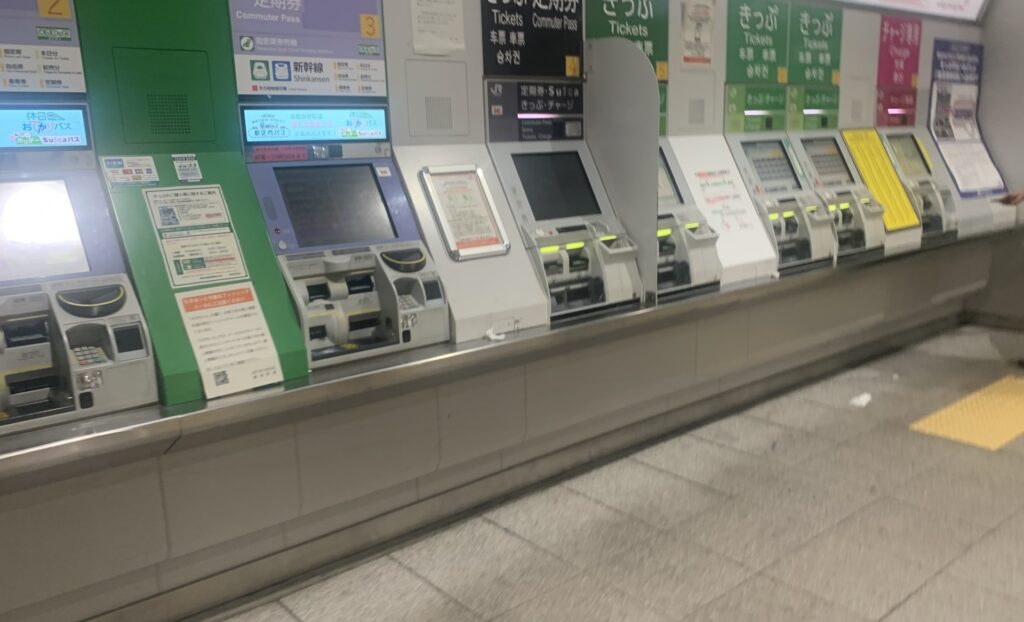
Using the Yamanote Line is straightforward. Tickets can be purchased from vending machines at every station or by using a Japan Rail Pass, which offers unlimited rides. Navigating stations is made easy with clear signs in multiple languages, and trains run every 2-4 minutes during peak hours. Keep an eye on the train’s schedule displayed on station boards and apps to plan your trip effectively.
Top Attractions Along the Yamanote Line
Shibuya
Home to the iconic Shibuya Crossing and a hub for fashion and nightlife.
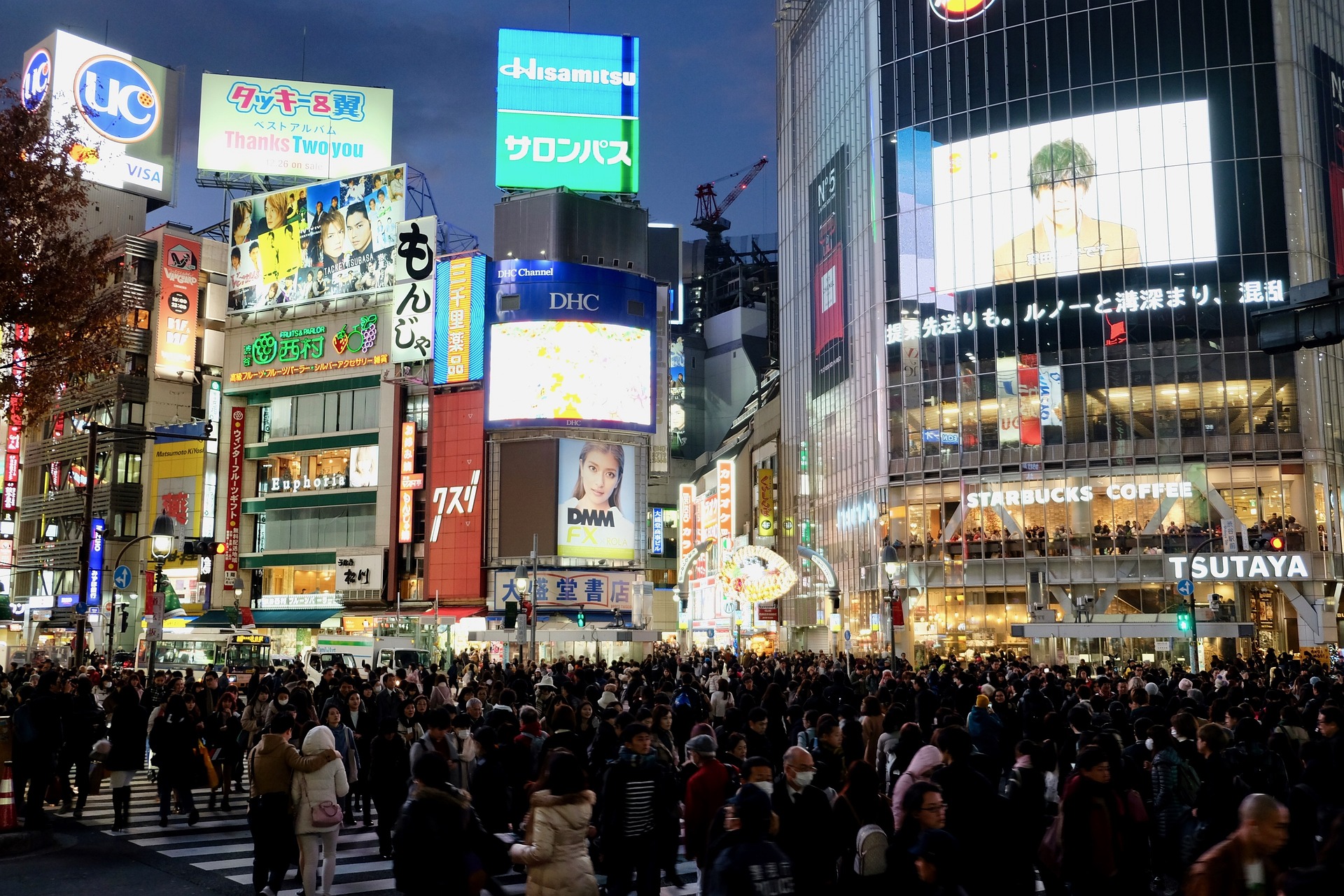
Shinjuku
The world’s busiest station offers proximity to vibrant shopping districts and tranquil parks.
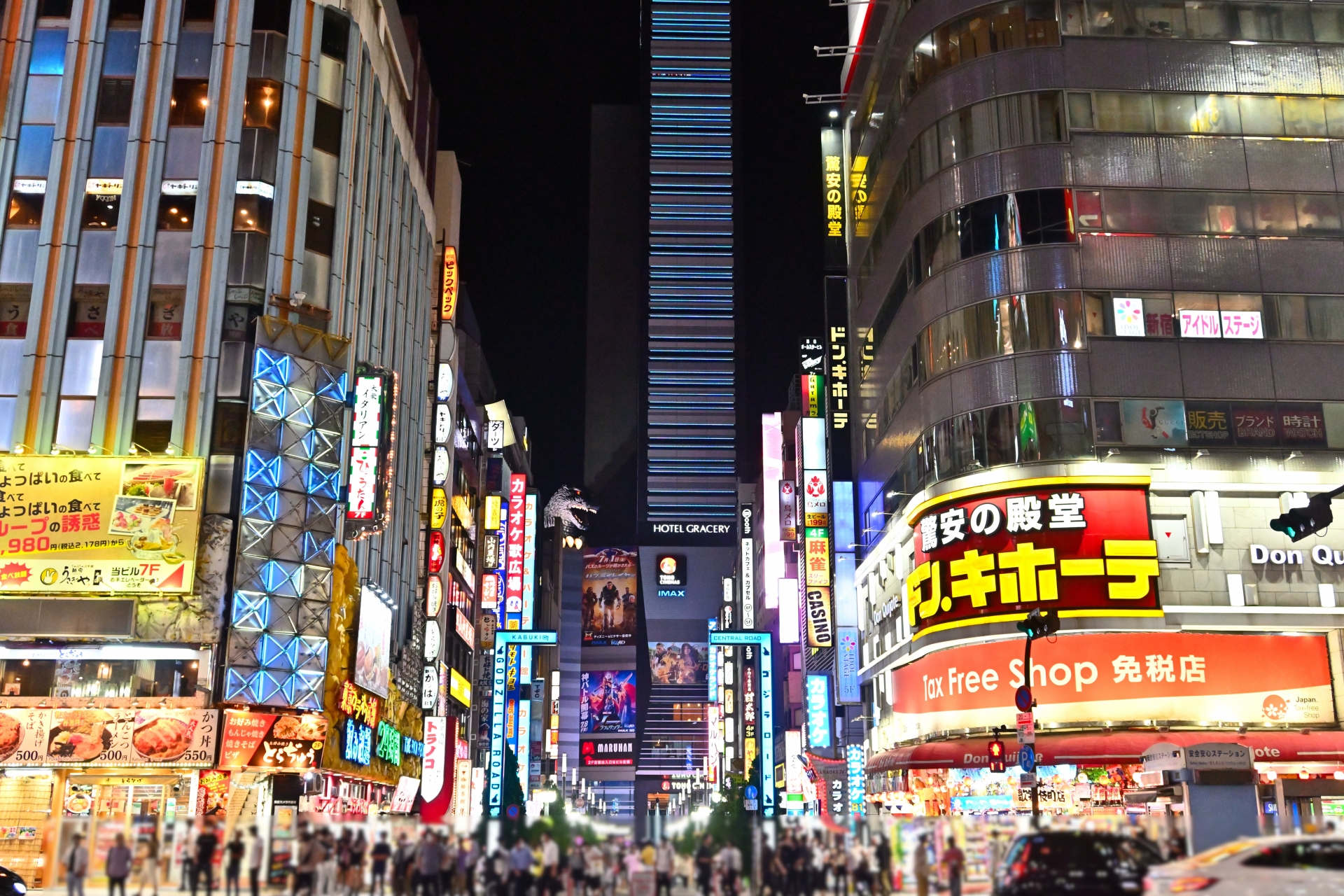
Ueno
Renowned for its museums, zoo, and sprawling Ueno Park.
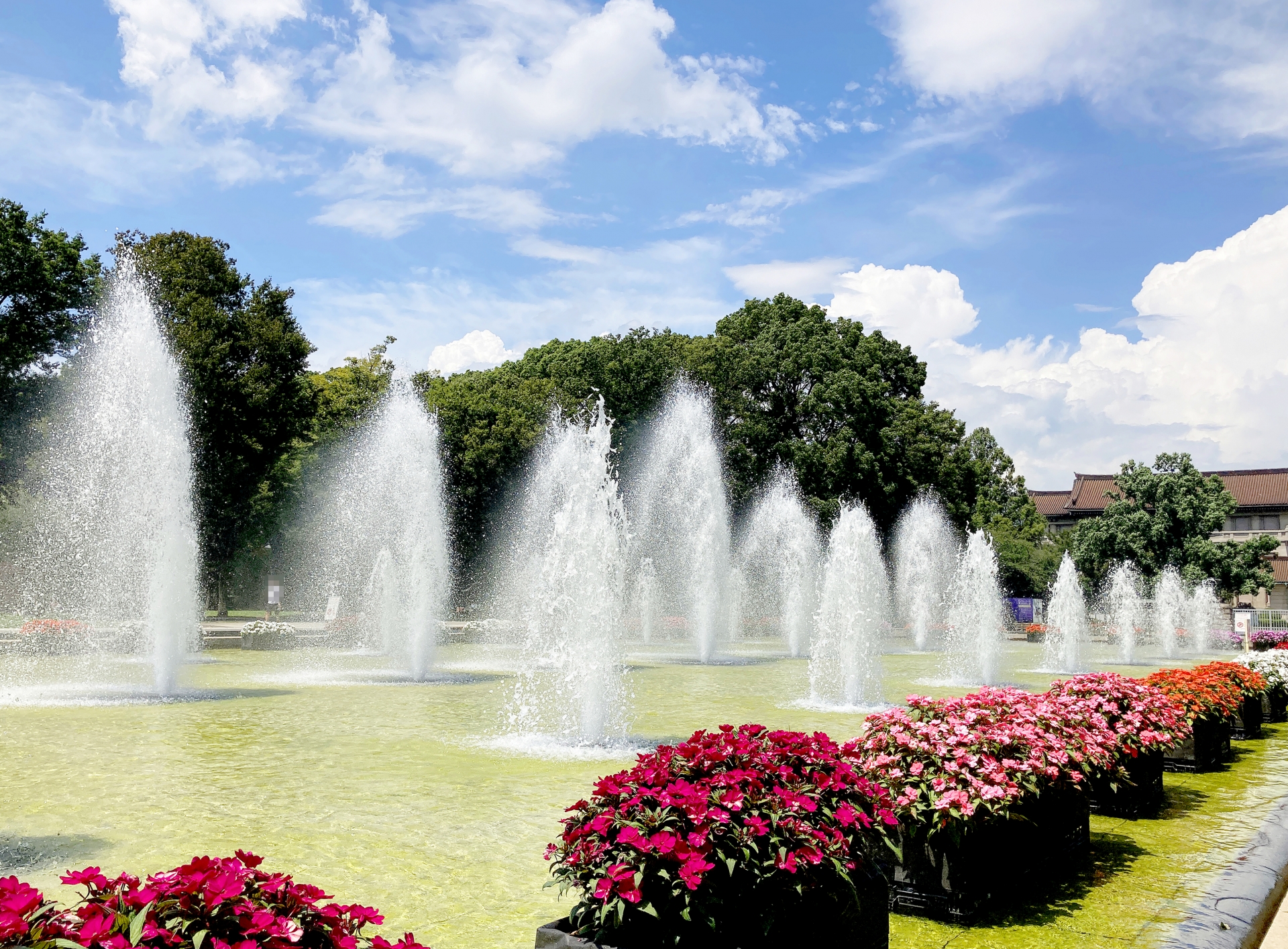
Akihabara
A haven for anime, gaming, and tech enthusiasts.
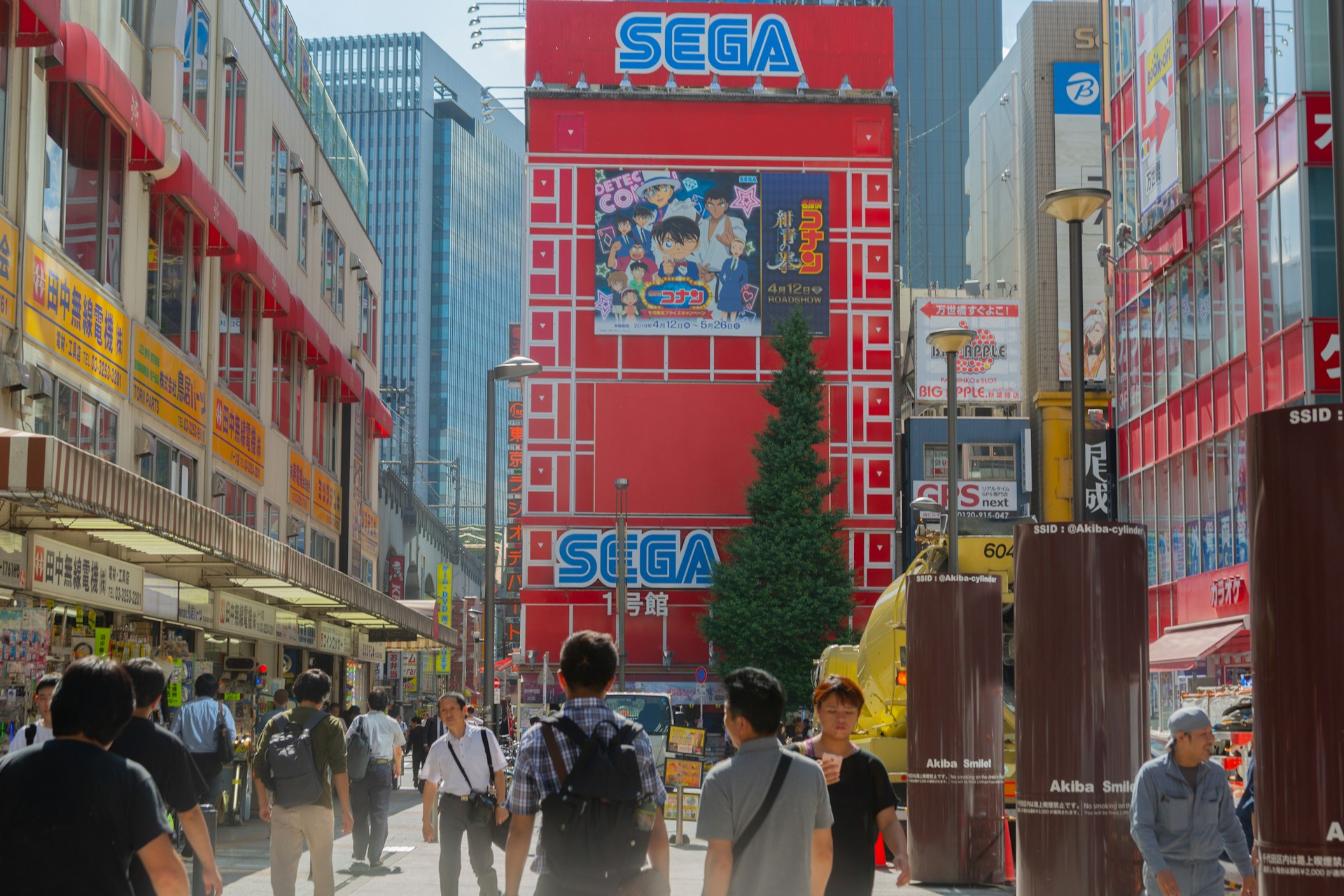
Hidden Gems Along the Route
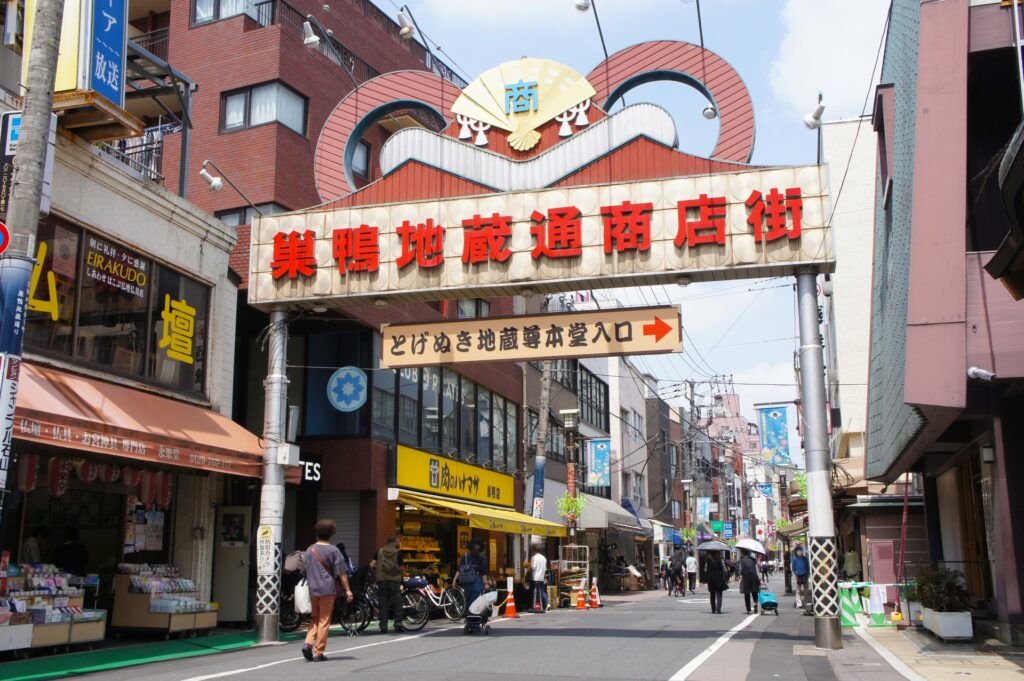
Beyond the major attractions, explore unique spots like Sugamo, known as the “Grandma’s Harajuku,” offering quaint shopping streets and traditional snacks. Nippori delights visitors with its Yanaka Ginza district, showcasing Tokyo’s nostalgic charm. These quieter stations provide a refreshing contrast to Tokyo’s bustling areas.
Tips for Tourists and First-Time Users
Avoid peak hours (7:30-9:00 AM and 5:00-7:00 PM) to steer clear of crowds. Respect local etiquette, such as waiting for passengers to exit before boarding and refraining from loud conversations. Accessibility features like elevators and priority seating make it easy for everyone to travel comfortably.
The Yamanote Line in Tokyo’s History and Culture
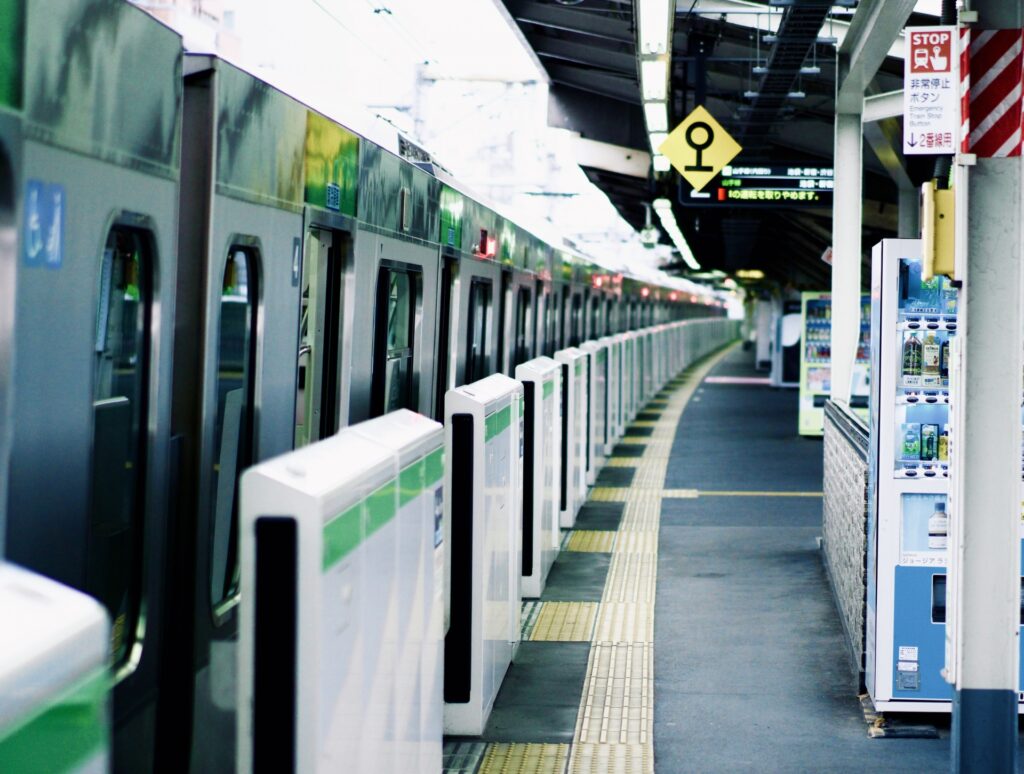
The Yamanote Line is more than a transport route; it’s a symbol of Tokyo’s rapid modernization. Since its inception, it has played a crucial role in connecting the city’s growing neighborhoods. The green color of its trains represents harmony and efficiency, embodying Tokyo’s urban spirit.
Practical FAQs About the Yamanote Line
Q: How many stations are there on the Yamanote Line?
A: The line has 30 stations in total.
Q: Can I use a Japan Rail Pass on the Yamanote Line?
A: Yes, the Japan Rail Pass covers rides on the Yamanote Line.
Q: What are the operating hours?
A: Trains typically run from around 4:30 AM to 1:00 AM daily.
Q: What’s the best way to explore Tokyo with the Yamanote Line?
A: Combine the line with a well-planned itinerary to visit major attractions efficiently.

